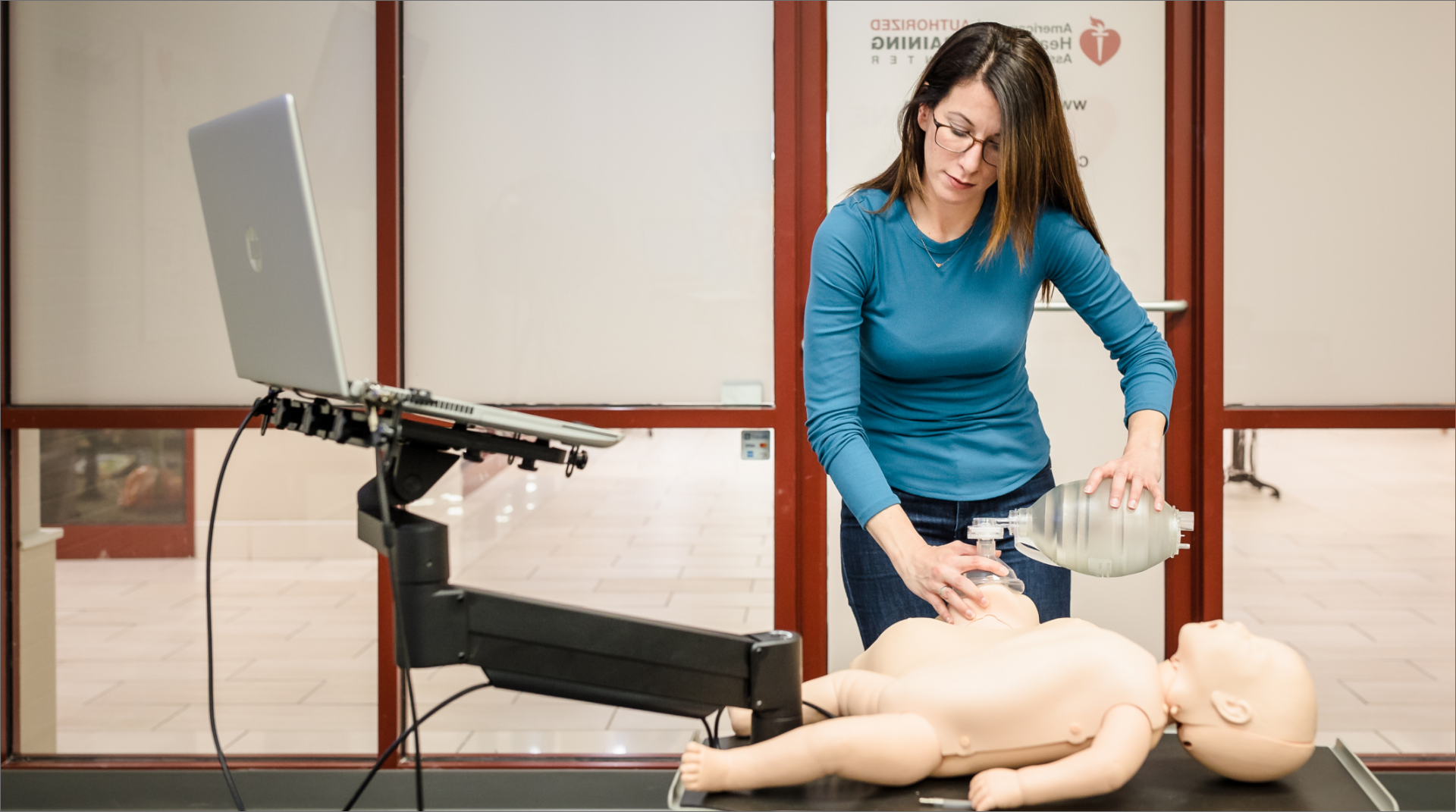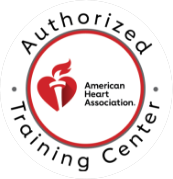

CPR Resource Center
The most comprehensive library of emergency training resources — including videos, articles, downloads, and more.


The most comprehensive library of emergency training resources — including videos, articles, downloads, and more.
Cardiac arrest occurs in both men and women, but women are 27% less likely to receive bystander CPR.1 Hesitation to perform CPR on women is common, especially in public settings. Research shows that bystanders are most concerned about exposing the victim or being accused of sexual assault.2 This article will discuss how to address these concerns. It is important for all genders to receive CPR when in cardiac arrest.
No. The American Heart Association guidelines state that all clothing should be removed from the chest before performing CPR or applying an Automated External Defibrillator (AED). Clothing can make it hard to find proper hand placement when performing CPR. Hands should be placed in the center of the chest, on the lower half of the breastbone. When a bra is removed breasts will naturally fall to the sides. This applies to breasts of any size and will allow for proper hand placement without needing to touch them.
AED placement is an important part of CPR. One pad is placed on the upper right chest and the other pad is placed on the lower left side of the chest, along the ribs. In the case of a woman with large breasts, it may be necessary to lift the left breast for proper AED pad placement. In this case, it is best to use the back of the hand to lift the breast to place the pad.
Metal, like the underwire in a bra, can potentially interfere with the shock an AED delivers. This means that the AED may not work if a bra is on. This can also apply to metal body jewelry. To be safe, everything metal should be removed from the chest if possible.
Cardiac arrest is a life-threatening situation. Cultural sensitivity is important but saving a life is the top priority. After clothing is removed from the chest and AED pads are placed, available cloth can be draped back over the chest to preserve modesty. Protecting privacy can also be done by reminding bystanders to respect the victim. Photos and videos are inappropriate in these situations. Only those helping the victim should be in view of their exposed chest.
Protect yourself by acting with good intentions. Most states have good samaritan laws that protect civilians who perform CPR. Remember, exposing the chest is necessary for medical care. Proper hand placement does not involve inappropriate touch. This guidance is agreed upon by medical and legal professionals. Follow your training and do your best to protect victim privacy.
It is important to provide CPR to all victims of cardiac arrest, despite gender. Concerns for privacy and inappropriate behavior are valid but can be addressed. Exposing the chest of a victim with breasts must be done to save their life. Modesty can be preserved as much as possible but should not delay medical care.
Help Me Find a Course